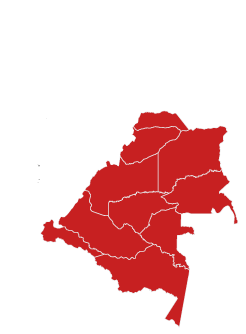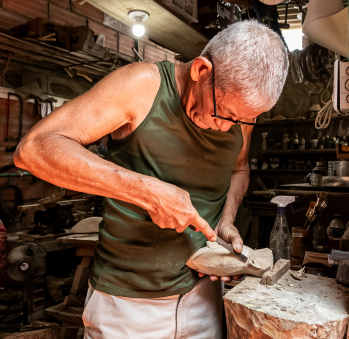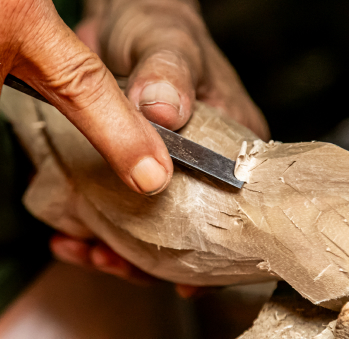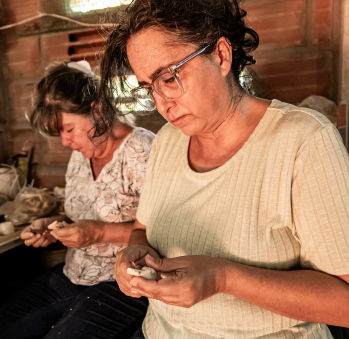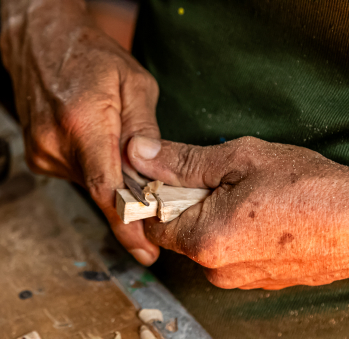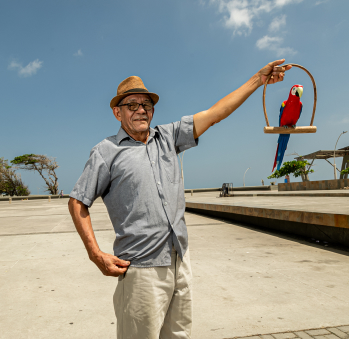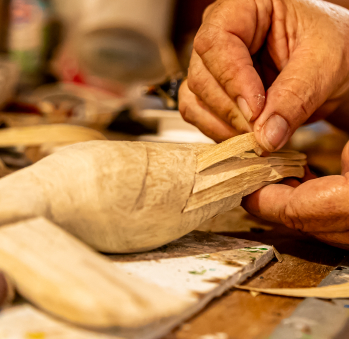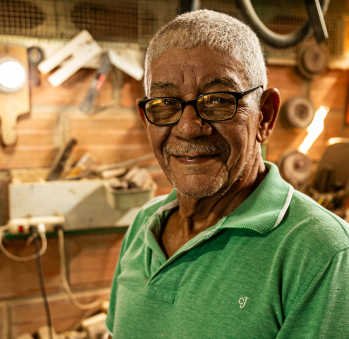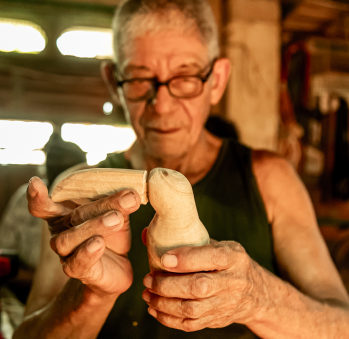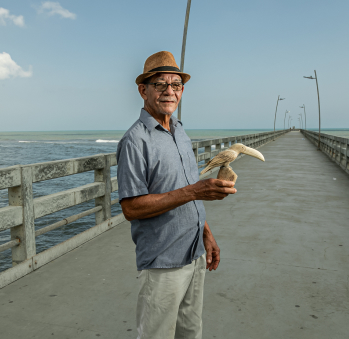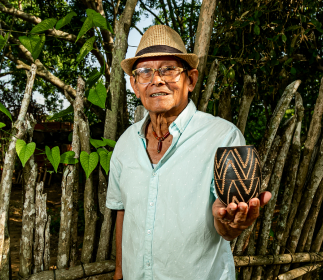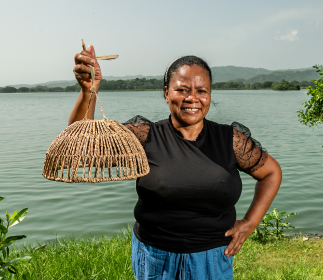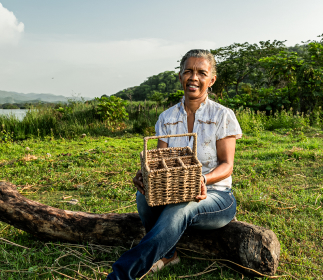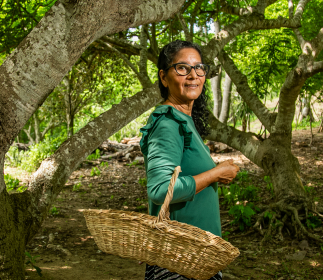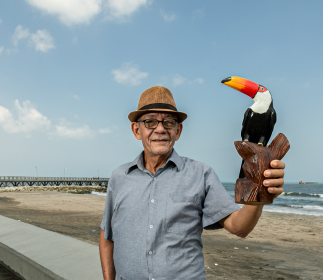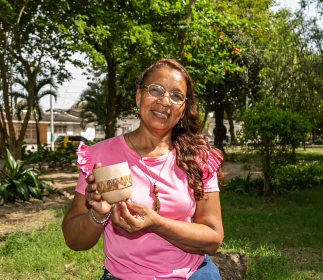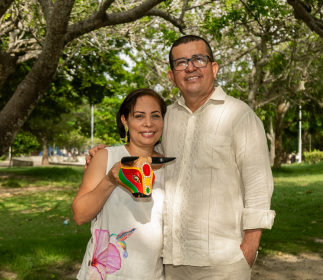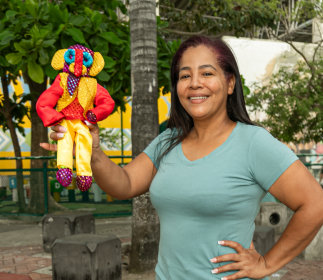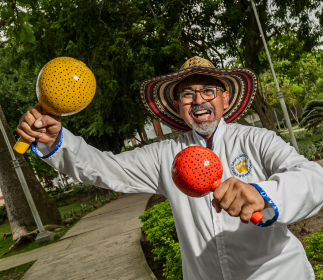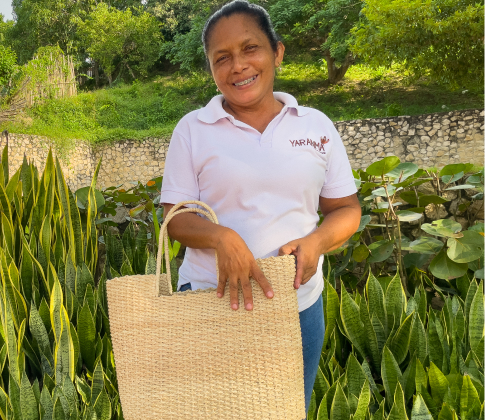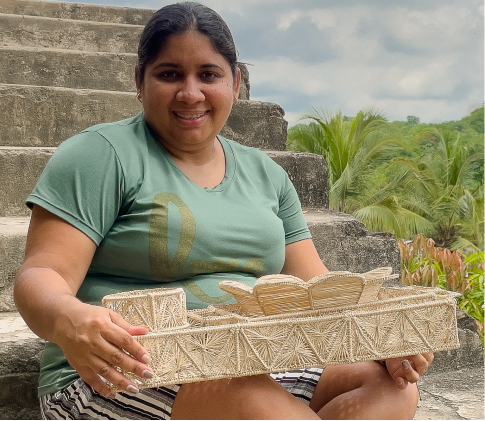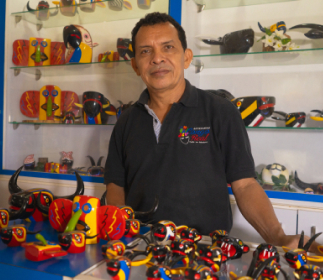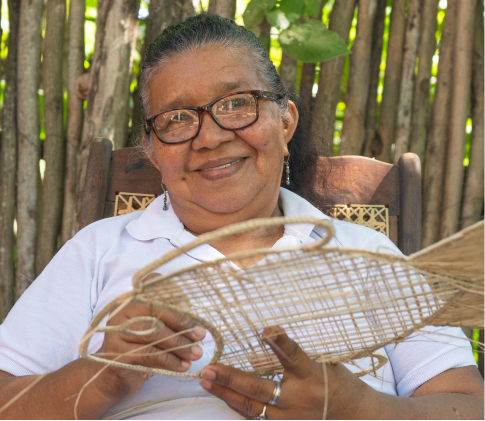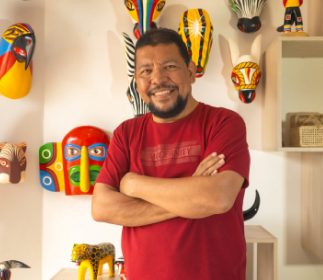Ángel Paternina Florez
Workshop: Aves de madera
Craft: Trabajos en madera
Trail: Atlantico Route
Location: Puerto Colombia, Atlántico
SCHEDULE YOUR VISIT
Calle 6 # 2-05, Barrio ancla, Puerto Colombia, Atlántico
3024670121
angelpater46@gmail.com
For years, wood flirted with Ángel Paternina, and he ignored it. He returned to that craft he had been in contact with since he was young, between jobs or in his spare time, but it took many years before he decided to dedicate himself to crafts full-time, so he wouldn’t have to look for employment again. Once he accepted it, he and wood became quite good friends.
It all started in his childhood. He lived with his parents on a farm in Sucre, near Colosó, and wood was used for everything, starting with the kitchen where it was used as fuel. Ángel was in charge of fetching it, so he learned the names of oaks, ceibas, carretos, uvitos, campanos, and cedars, the latter used for beds and furniture. He learned from his father the basics of carpentry, and in adolescence, he figured out how to carve spinning tops with a machete, making his first pesos by selling them to other children.
As an adult, he moved to Atlántico and worked whatever job came his way. Until one day there was no more work than selling crafts from other workshops. Then he remembered that he already knew that world, and the idea of having his own business and selling his own creations got into his head. He had already been accumulating pieces of wood he found on the beach for a while, ignoring those who told him not to use it because it wasn’t reliable. But confident in his knowledge, he chose and stored the pieces in his yard, without really knowing what for. When he finally started using it, he was surprised. When he cut or sanded a piece of driftwood, equalized by fresh and saltwater, its true potential emerged. Without realizing it, he had in his yard the same ceiba and campano with which he had learned to work as a child, his old friends. When he started making his pieces, he realized that people liked them, that they bought them, and that excited him immensely.
Once he surrendered to wood, inspiration came. He came up with the idea of making birds from his region, the macaws and toucans he knew. He remembered that his grandmother, Juana Flórez, raised macaws and parrots on the farm where they lived, and he remembered how much he loved their colors as a child and walking around carrying them in his hand because they were so docile. So he set out to make them so well that they seemed alive, and that’s how he came up with his now-popular carved birds, to which he adds the feathers, one by one, with the shavings of the same wood. And although for many years he worked alone, because this has been a path of struggle and persistence, he now has three assistants and apprentices with whom he has made the process of carving, sanding, and painting his flock of Caribbean birds productive: ground doves, great blue herons, kingfishers, grackles, and, of course, the toucans and macaws from his early days as a carver.
Craft
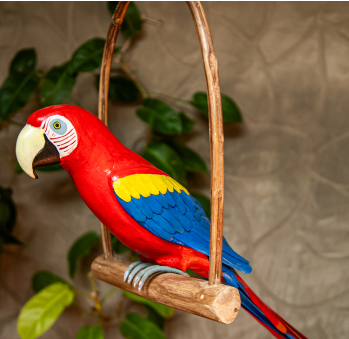
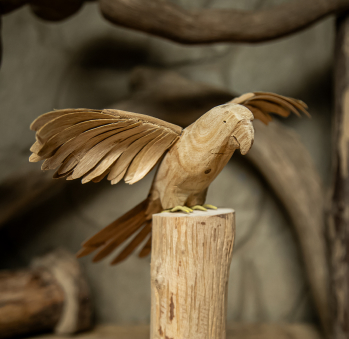
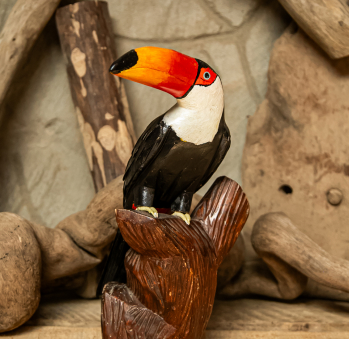
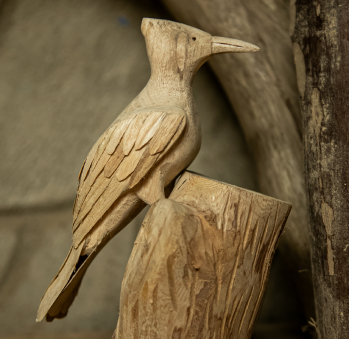
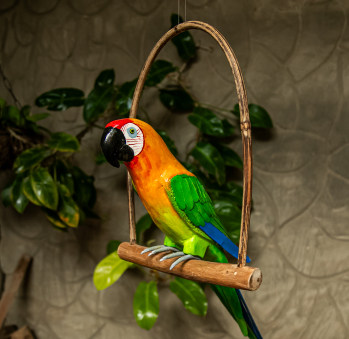
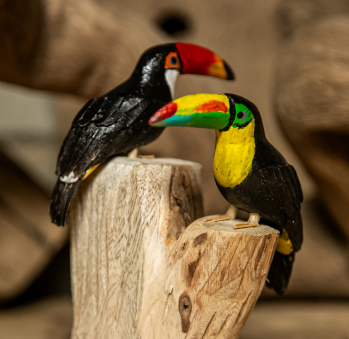
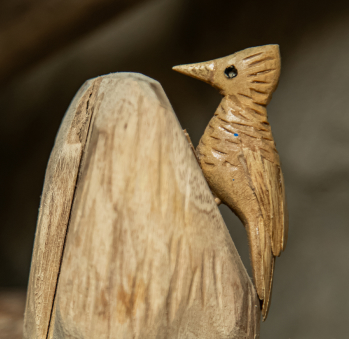
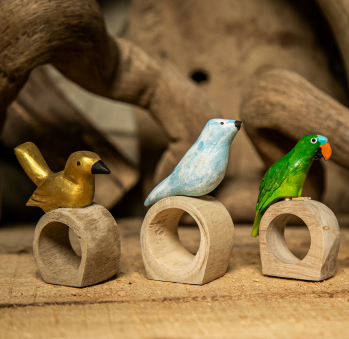
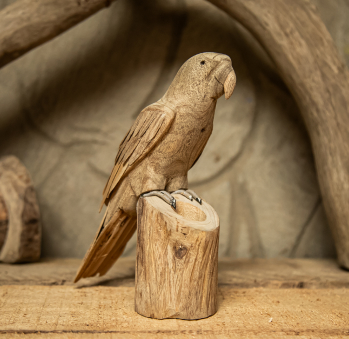
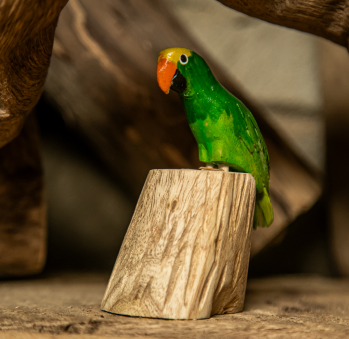
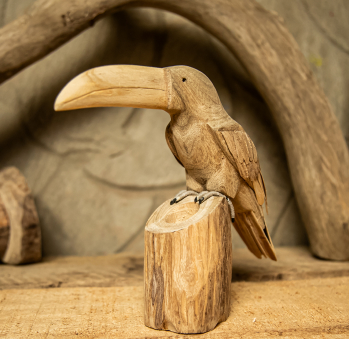











Artisans along the way
Artisans along the way
No puede copiar contenido de esta página

